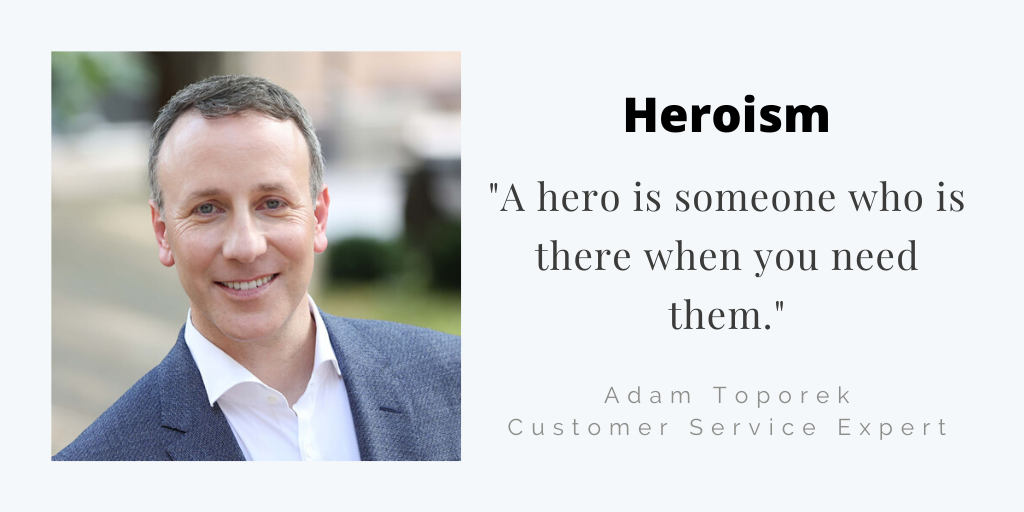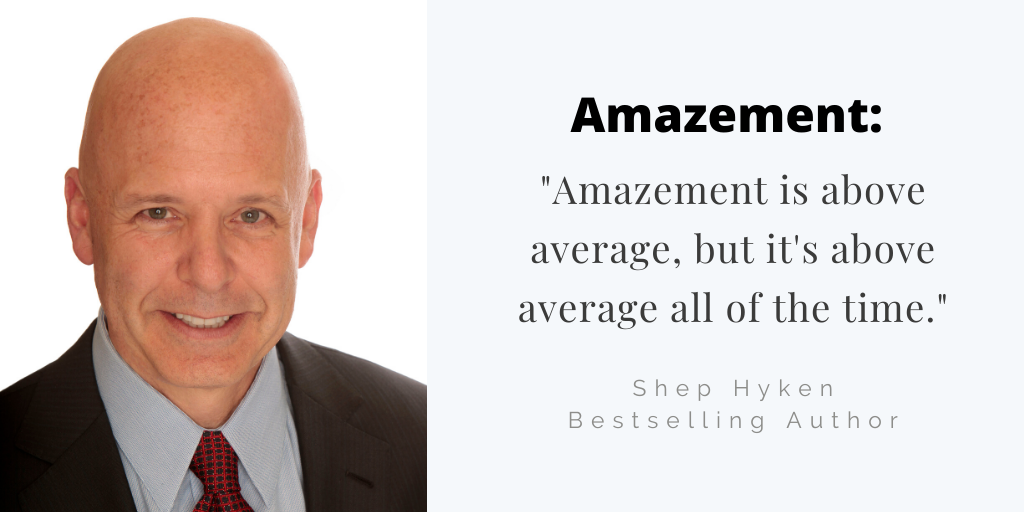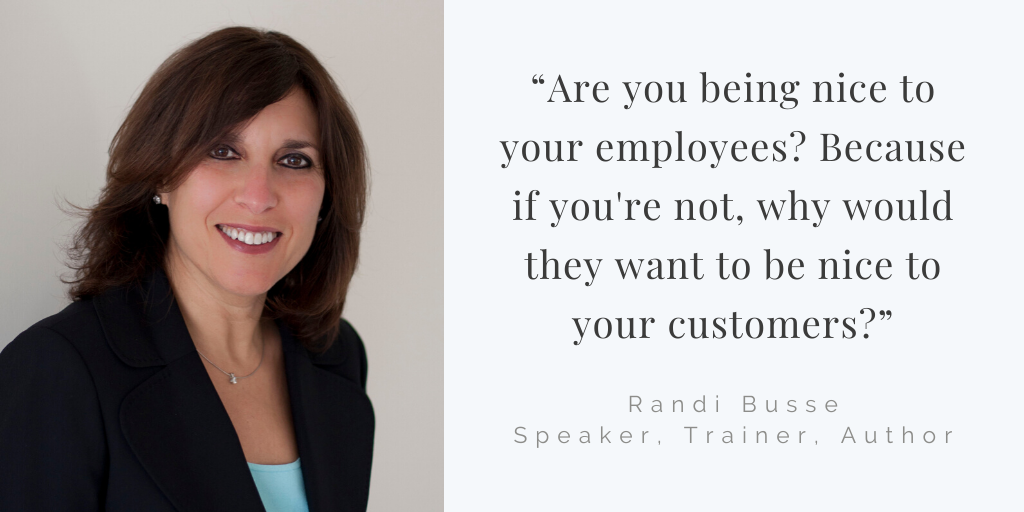Advertising disclosure: This blog participates in the Amazon Services LLC Associates Program, an affiliate advertising program designed to provide a means to earn fees by linking to Amazon.com and affiliated sites.
The shipping clerk leaned across the counter to hand the customer a receipt. The customer instinctively leaned in to take it.
In an instant, the recommended six feet of social distancing was compromised.
You can see examples like this everywhere. There are awkward interactions in stores, restaurants, and other businesses as people consciously try to keep their distance, while unconsciously moving together.
Regulations, enhanced procedures, and training won't suddenly make us safe if people stick to their old ways.
As Dallas-area businesses reopened in early May, Mark Cuban hired secret shoppers to conduct physical audits at approximately 300 businesses. The audits revealed just 60 percent of mandatory safety precautions were being followed.
Large chains and small businesses alike faired poorly. The auditors found just 4 percent of businesses were following all of the necessary regulations.
This could easily be your business. Here's an important consideration before you reopen.
Social distancing is not a habit
Keeping six feet apart, wearing masks, and frequently washing hands are all new behaviors. People have spent their entire lives interacting with other people one way. Now we're suddenly asked to change.
Our precautions can quickly unravel.
My neighbors have a new puppy. The dog is undeniably cute and is natural a magnet for other people. In the blink of an eye, I witnessed the mom, the dad, their two children, and children from two other families cluster in a tight circle to pet the dog.
Kids and adults from three families were all mixed in the blink of an eye.
The safety precautions your business takes can break down just as quickly. Here are a few instances that I’ve witnessed in the past two months:
Customers get too close to each other while waiting in line.
A barista forgets to wash his hands after ringing up an order.
A customer is coughing as he walks into a store without a mask.
Regular sanitation schedules get missed during a hectic rush.
An employee hands a customer a receipt.
One of the best ways I've seen to prevent this problem is to use subtle nudging. Think of a "subtle nudge" as a polite and obvious reminder right at the time of need.
Here are a few examples:
Simple, obvious signs at entrances and in key locations.
Human reminders, such as a greeter at the front of a store.
One-way traffic flow in grocery stores and other larger buildings.
Stickers or tape on the ground, marking six feet of distance at cashier lines.
Friendly employees who gently remind customers to stay safe.
Another solution is to make it harder for problems to occur.
My wife, Sally, and I own a vacation rental cabin called The Overlook. Our property manager is limiting bookings to allow 48 to 72 hours between guests. This gives cleaning crews more time to properly sanitize the cabin in between visitors.
Retail expert, Bob Phibbs, recommends creating a short video to explain the safety precautions your business is implementing. The video can give customers confidence in your business and serve as another gentle reminder. The video can be shared via email, social media, and on your website to have the widest impact.
People naturally resist rules
There are some customers and employees who understand the rules, but don't want to follow them. Studies have shown that people become more resistant to regulations when the rules appear to restrict our freedoms.
In an experiment published in 2004, participants were asked to choose between four granola bars. Researchers found the highest percentage of people chose one desirable granola bar when they first read an opinion from an expert recommending against it.
Gavan Fitzsimons, one of the study's authors, recently shared advice for reframing the way we communicate safety procedures. He suggests the communication change from "mandatory regulations" to focus on empowering individuals to make safer choices.
For instance, a sign at the entrance of your store might read "how to protect yourself and your loved ones" along with reminders to wear a mask and stay six feet apart. You can see more in this short video.
People are more likely to flout the rules when they see their leaders doing it.
In San Francisco, an anti-mask league that included several public officials organized a public meeting with over 2,000 attendees. The mayor, the city's health officer, and other government officials were photographed without masks while attending another event. This was despite public orders limiting the size of gatherings and making it mandatory for people to wear a mask in public.
These incidents, of course, took place during the 1918 flu pandemic.
History can be a great reminder about human nature. People are more likely to follow the example of leaders. You can set a positive example in a number of ways:
Follow all required safety procedures.
Encourage employees to follow safety procedures.
Empathize with employees and customers over new restrictions.
Gently nudge employees and customers who are not acting safely.
Treat resistant customers with respect, but ensure safety is not an option.
What if customer refuse to comply with safety rules?
Some customers might flat out refuse to comply with safety rules. Just like 1918, there has been widespread resistance to wearing masks in public. People derisively mock social distancing guidelines. Leaders need to make two decisions to prepare for this event.
First, will rules be strictly enforced?
On one hand, a lack of enforcement can turn rules into mere suggestions, where customers don't feel obligated to comply. This could put the safety of others into jeopardy and cause the business to run afoul of regulations and health orders.
On the other hand, a strict enforcement policy could put employees in a difficult and uncomfortable position. There have even been isolated reports of violence against employees enforcing safety rules.
This leads us to the second decision: how to protect employees.
Employees should know their options for protecting themselves and coworkers, particularly in situations where a customer becomes belligerent. This typically involves contacting security or the police to intervene.
Resources for reopening
Start by checking federal, state, and local regulations and recommendations. Make sure you are operating both safely and legally.
Social conformity can be contagious, where the actions of leaders, employees, and customers influence others to follow safety guidelines. The more people you can get onboard, the easier it will be to help everyone stay safe. Chapter three of my book, Getting Service Right, provides more insight and examples on this phenomenon.
Here are a few more resources:
The National Retail Federation published a useful checklist for reopening.
Customer experience expert, Jeannie Walters, published this helpful guide to employee experience.
Brand leadership expert, Denise Lee Yohn, wrote another useful guide to resetting with employees.

















